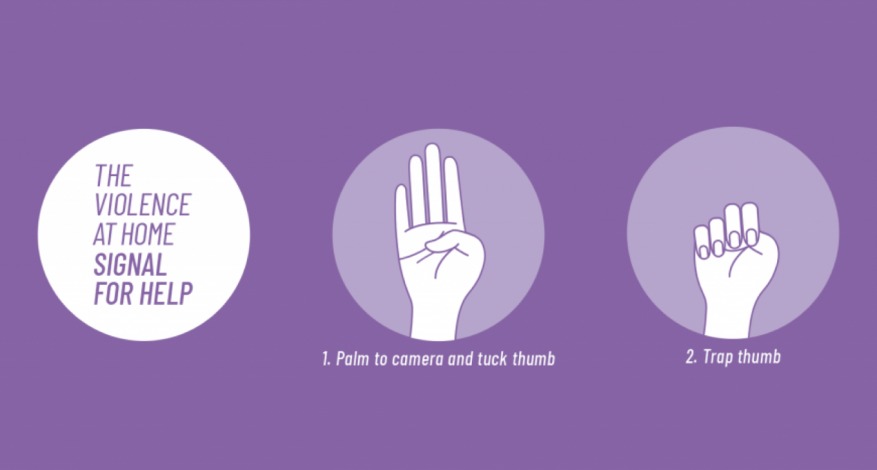Domestic Violence: Prevention and Recovery
Domestic violence causes just as much damage psychologically as it does emotionally and physically. Patients often aren’t aware of this damage because their attacker has twisted their reality with emotional and physical manipulation. The National Institute of Health indicates as many as 1 in 3 women and 1 in 10 men over the age of 18 will experience some form of domestic violence.
The multi-disciplinary team at My Psychiatrist PLC has decades of combined experience with psychiatry and as mental health practitioners. Our team can provide an invaluable support system for our patients when they need us the most.
The Cycle of Domestic Violence
Emotional, physical, or sexual violence is a serious problem in intimate relationships., commonly referred to as Domestic Violence. Although this term commonly refers to cases in terms of two married individuals, domestic violence can occur in any romantic or intimate relationship. Most often, domestic violence follows a highly identifiable pattern, known as the Cycle of Violence. That cycle includes the stages of:
- Tension Phase
- Violence Phase
- Honeymoon Phase
This general pattern of domestic violence has a tendency to repeat itself again and again. As time goes on, violent behavior tends to occur more often and with greater intensity.
The 3 Phases of Domestic Violence
- In the TENSION phase, you can often sense growing unease in anticipation of anger or violence. The phrase ‘walking on eggshells’ aptly describes the situation. Regardless of how lightly you tread, there will be an adverse reaction. There is no rationale or reasoning with them.
Even if the situation does not escalate to violence, there will be emotional abuse, physical intimidation, or possibly even threats. Even seemingly insignificant issues can be met with disproportionate anger, placing blame on the victim, and refusal for healthy discussion.
- The VIOLENCE phase includes physical and perceived violence. Objects may be broken or used to intimidate. They engage in physical, emotional, or sexual abuse. At this stage, a crime is committed.
- In the HONEYMOON phase, the abuser will has drastically different behavior after the violent episode. They might make attempts to minimize or deny the violence or even try to blame their outburst on something you said or did. Fearing losing you, some may become tearful or act genuinely sorry.
It is called the “honeymoon,” because the abuser may make an attempt to ‘make it up to you’ with temporarily good behaviour. They may say they’re sorry, try to apologize,, buy you gifts, help around the house, try to get professional counseling, or make promises. However, it is important to realize that the honeymoon phase is their attempt to lure you back into the relationship, to make you forget why you were afraid.
Side Effects of Victims
The Cycle of Violence is heavily associated with increased isolation, depression, anxiety, and alcoholism or substance abuse. Again, the cycle tends to escalate over time, so it is important to take care of your mental and physical health as soon as you recognize signs of abuse!
Learn More About How to Put an End to Domestic Violence
You deserve to live a happy, healthy, and safe life and are not alone in these traumatic experiences. If you would like more information about navigating the cycle of domestic violence or are unsure if your relationship really is “abusive,” then you may benefit from professional assistance.
If you would like to know your options, then please contact the team at My Psychiatrist PLC. We have an incredible team of mental health professionals standing by to help you!
This article on the Cycle of Domestic Violence summarizes and re-presents information previously presented by The Alabama Coalition Against Domestic Violence; the Cycle of Violence concept was developed by Dr. Lenore Walker in the early 1980s.



